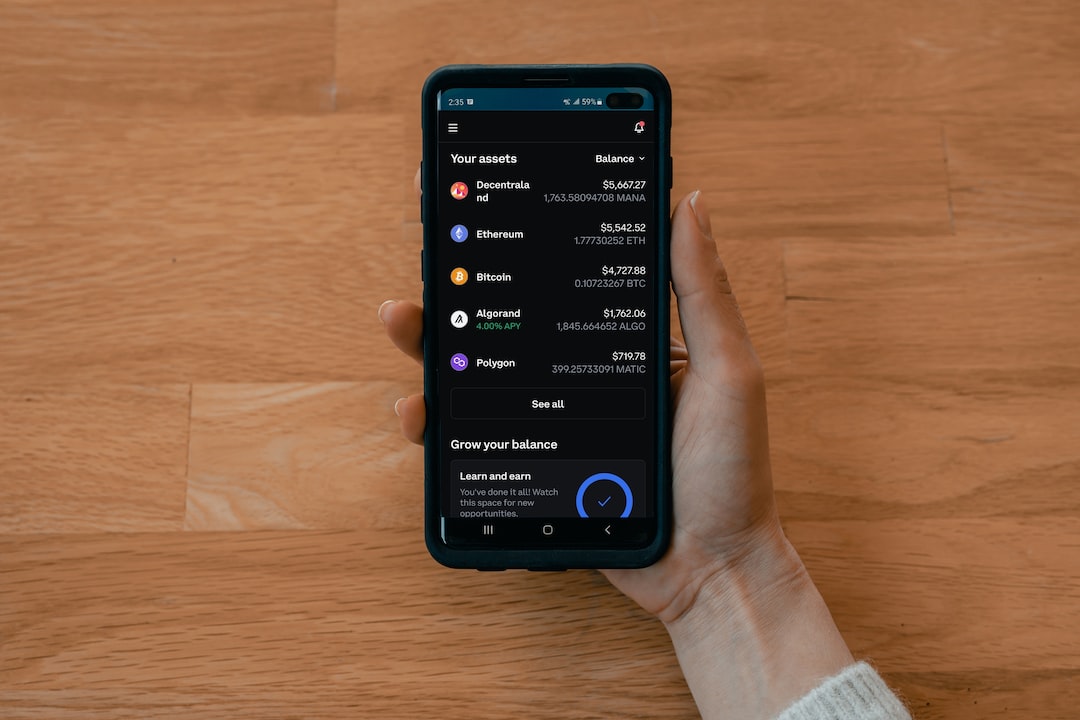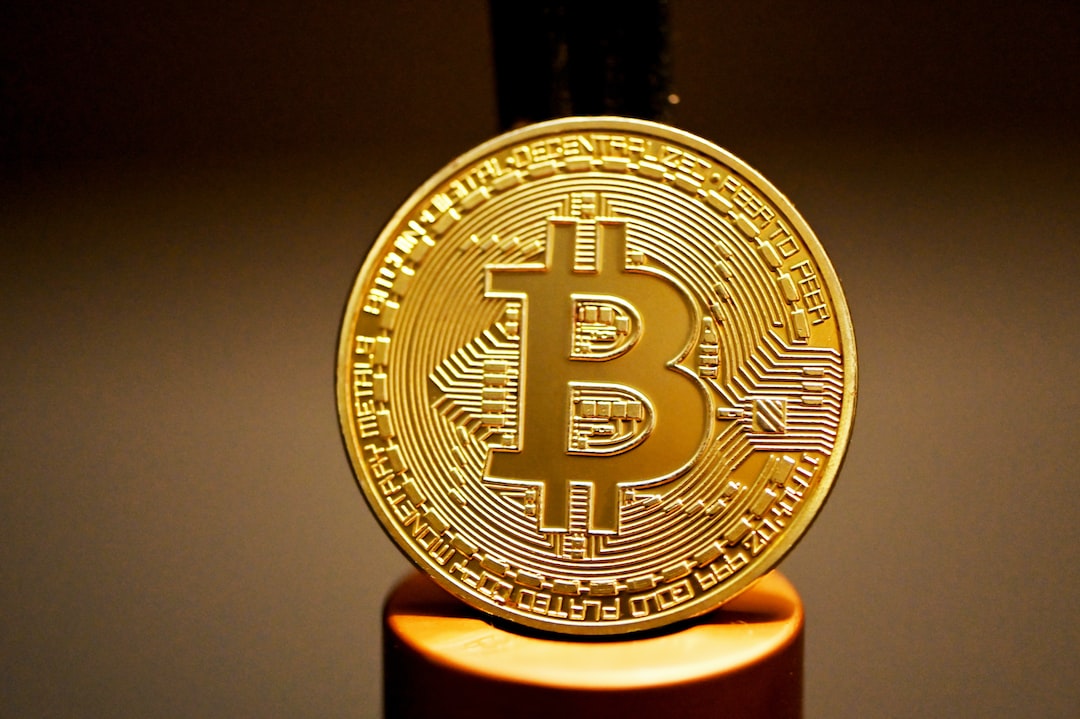The Declining Bitcoin Block Rewards and the Potential Role of Transaction Fees
The Bitcoin block rewards are gradually decreasing with each halving event, raising questions about whether transaction fees can fill this void in the future.
The Concept of Halving and Its Purpose
One of Bitcoin’s notable features is the halving, where the block subsidy received by miners is cut in half approximately every four years. Without halving, miners would continuously produce coins at the same rate, leading to constant supply growth and potentially devaluing the asset. Halving ensures that the asset’s growth becomes progressively scarcer with each cycle.
Miners’ Revenue Impact and the Role of Transaction Fees
However, halving does impact miners’ revenue, particularly from block rewards. As block rewards shrink in the future, miners’ earnings will significantly decrease. To mitigate this, some propose that transaction fees could replace block rewards as a revenue source. Historically, transaction fees have been substantially lower than block rewards, making miners heavily reliant on the latter.
The Growing Significance of Transaction Fees
Recent trends indicate an increasing value and share of transaction fees in miners’ total revenues. The USD value of transaction fees has risen with each Bitcoin cycle, and the percentage share they occupy has also grown. On average, miners currently receive 10% of their revenues from transaction fees. Although not yet substantial enough to replace block rewards, miners hope that this fee increase trend will continue in future cycles.
Hot Take: The Ongoing Stagnation of Bitcoin’s Price
Bitcoin’s price remains relatively stagnant, hovering around the $25,700 mark without significant movement.





 By
By
 By
By
 By
By
 By
By
 By
By